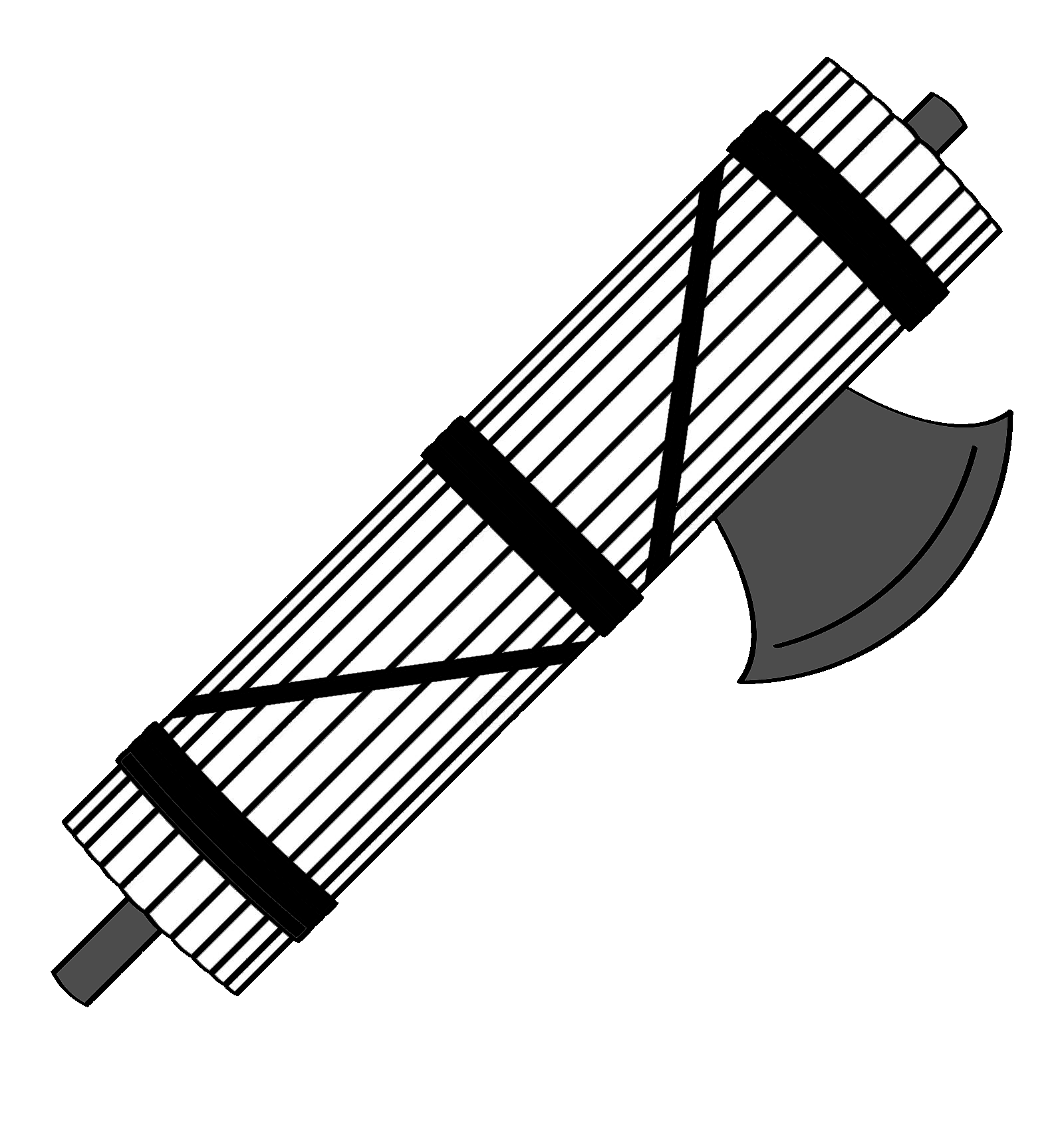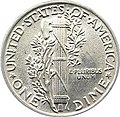Fasces: Difference between revisions
m robot Adding: ast:Fasces |
m Moving french pics to french section like it is in the US section |
||
| Line 64: | Line 64: | ||
A review of the images (see images below) included in ''Les Grands Palais de France '''Fontainebleau''' '' <ref>''Les Grands Palais de France '''Fontainebleau''' , I re Série, Styles Louis XV, Louis XVI, Empire, Labrairie Centrale D'Art Et D'Architecture, Ancienne Maison Morel, Ch. Eggimann, Succ, 106, Boulevard Saint Germain, Paris, 1910 </ref><ref> ''Les Grands Palais de France '''Fontainebleau''' '' , II me Série, Les Appartments D'Anne D'Autriche, De François I er, Et D'Elenonre La Chapelle, Labrairie Centrale D'Art Et D'Architecture, Ancienne Maison Morel, Ch. Eggimann, Succ, 106, Boulevard Saint Germain, Paris, 1912 </ref> reveals that French architects used the fasces as a decorative device as early as the reign of [[Louis XIII]] (1610-1643) and continued to employ it through the periods of [[Napoleon I]]'s Empire (1804-1815). The fasces typically appeared in a context reminiscent of the [[Roman Republic]] and/or of the [[Roman Empire]], frequently in conjunction with other Roman symbols such as Roman armor and '''SPQR''' standards. |
A review of the images (see images below) included in ''Les Grands Palais de France '''Fontainebleau''' '' <ref>''Les Grands Palais de France '''Fontainebleau''' , I re Série, Styles Louis XV, Louis XVI, Empire, Labrairie Centrale D'Art Et D'Architecture, Ancienne Maison Morel, Ch. Eggimann, Succ, 106, Boulevard Saint Germain, Paris, 1910 </ref><ref> ''Les Grands Palais de France '''Fontainebleau''' '' , II me Série, Les Appartments D'Anne D'Autriche, De François I er, Et D'Elenonre La Chapelle, Labrairie Centrale D'Art Et D'Architecture, Ancienne Maison Morel, Ch. Eggimann, Succ, 106, Boulevard Saint Germain, Paris, 1912 </ref> reveals that French architects used the fasces as a decorative device as early as the reign of [[Louis XIII]] (1610-1643) and continued to employ it through the periods of [[Napoleon I]]'s Empire (1804-1815). The fasces typically appeared in a context reminiscent of the [[Roman Republic]] and/or of the [[Roman Empire]], frequently in conjunction with other Roman symbols such as Roman armor and '''SPQR''' standards. |
||
| ⚫ | |||
| ⚫ | |||
| ⚫ | The fasces symbol as used all over the world (and particularly in the [[USA|United States]]) has served as evidence for claims made by [[conspiracy theorists]]. These theorists generally speak of a [[New World Order (conspiracy)|New World Order]] in which secret organizations (mainly the [[Illuminati]]) elusively manipulate or control the events of humanity in an attempt to ultimately control the world through [[fascism]]. |
||
| ⚫ | Through [[symbology]], the fasces and the [[Eye of Providence]] provide two of the primary symbols used to support the assertions of such conspiracy theories. In this context, the use of the fasces allegedly demonstrates that the conspirators secretly support fascism, along with concealed intentions regarding it. The primary group in question, the Illuminati, purportedly appear identified and represented by the Eye of Providence, which (like the fasces) appears in public places (such as U.S. government buildings or churches) throughout the world. |
||
==Images == |
|||
<gallery> |
<gallery> |
||
| Line 83: | Line 73: | ||
Image:French fasces.jpg |
Image:French fasces.jpg |
||
</gallery> |
</gallery> |
||
| ⚫ | |||
| ⚫ | |||
| ⚫ | The fasces symbol as used all over the world (and particularly in the [[USA|United States]]) has served as evidence for claims made by [[conspiracy theorists]]. These theorists generally speak of a [[New World Order (conspiracy)|New World Order]] in which secret organizations (mainly the [[Illuminati]]) elusively manipulate or control the events of humanity in an attempt to ultimately control the world through [[fascism]]. |
||
| ⚫ | Through [[symbology]], the fasces and the [[Eye of Providence]] provide two of the primary symbols used to support the assertions of such conspiracy theories. In this context, the use of the fasces allegedly demonstrates that the conspirators secretly support fascism, along with concealed intentions regarding it. The primary group in question, the Illuminati, purportedly appear identified and represented by the Eye of Providence, which (like the fasces) appears in public places (such as U.S. government buildings or churches) throughout the world. |
||
== See also == |
== See also == |
||
Revision as of 15:49, 29 September 2007

Fasces (a plurale tantum, from the Latin word fascis, meaning "bundle"[1]) symbolise summary power and jurisdiction, and/or "strength through unity."[2]
The traditional Roman fasces consisted of a bundle of birch rods tied together with a red ribbon as a cylinder. One interpretation of the symbolism suggests that despite the fragility of each independent single rod, as a bundle they exhibit strength. Wartime symbolism added an axe amongst the rods.
Numerous governments and other authorities have used the image of the fasces as a symbol of power since the end of the Roman Empire. Italian fascism, which derives its name from the fasces, arguably used this symbolism the most in the 20th century. The British Union of Fascists also used it in the 1930s. However, unlike for example the swastika, the fasces have avoided the stigma associated with fascist symbolism, and many authorities continue to display them.
Antiquity
The fasces lictoriae ("bundles of the lictors") (in Italian, fascio littorio) symbolised power and authority (imperium) in ancient Rome. A corps of apparitores (subordinate officials) called lictors each carried fasces as a sort of staff of office before a magistrate, in a number corresponding to his rank, in public ceremonies and inspections, and bearers of fasces preceded praetors, propraetors, consuls, proconsuls, Masters of the Horse, dictators, and Caesars. During triumphs (public celebrations held in Rome after a military conquest) heroic soldiers — those who had suffered injury in battle — carried fasces in procession.
Roman historians recalled that twelve lictors had ceremoniously accompanied the Etruscan kings of Rome in the distant past, and sought to account for the number and to provide etymologies for the name lictor.
Believed to date from Etruscan times, the symbolism of the fasces at one level suggested strength through unity. The bundle of rods bound together symbolizes the strength which a single rod lacks. The axe symbolized the state's power and authority. The rods symbolized the state's obligation to exercise restraint in the exercising of that power. The highest magistrates would have their lictors unbind the fasces they carried as a warning if approaching the limits of restraint.
The Romans adopted the symbol of the fasces from the Etruscans. It may have an earlier link to the eastern Mediterranean — such as to the labrys, the Anatolian and Minoan double-headed axe, later incorporated into the praetorial fasces.
Traditionally, fasces carried within the Pomerium — the limits of the sacred inner City of Rome — had their axe blades removed. This signified that under normal political circumstances, the imperium-bearing magistrates did not have the judicial power of life and death; that power rested, within the city, with the people through the assemblies. However, during times of emergencies when the Roman Republic declared a dictatorship (dictatura), lictors attending to the dictator kept the axe-blades even inside the Pomerium — a sign that the dictator had the ultimate power in his own hands. But in 48 BC, guards holding bladed fasces guided Vatia Isauricus to the tribunal of Marcus Caelius, and Vatia Isauricus used one to destroy Caelius's magisterial chair (sella curulis).
The fasces in the United States of America
The following cases all involve the adoption of the fasces as a visual image or icon; no actual physical re-introduction has occurred.
- The reverse of the United States "Mercury" dime (minted from 1916 to 1945) bears the design of a fasces and an olive branch.
- Two fasces appear on either side of the flag of the United States in the United States House of Representatives, representing the power of the House and the country.
- The Mace of the United States House of Representatives, designed to resemble fasces, consists of thirteen ebony rods bound together in the same fashion as the fasces, topped by a silver eagle on a globe.
- The official seal of the United States Senate has as one component a pair of crossed fasces.
- Fasces ring the base of the Statue of Freedom atop the United States Capitol building.
- A frieze on the facade of the Supreme Court building depicts the figure of a Roman Centurion holding a fasces, to represent "order". [1]
- At the Lincoln Memorial, Lincoln's seat of state bears the fasces on the fronts of its arms. (Fasces also appear on the pylons flanking the main staircase leading into the memorial.)
- Four fasces flank the two bronze plaques on either side of the bust of Lincoln memorializing his Gettysburg Address at Gettysburg, Pennsylvania.
- The fasces appears on the state seal of Colorado, USA, beneath the "All-seeing eye" (or Eye of Providence) and above the mountains and mines.
- On the seal of the New York City borough of Brooklyn, a figure carries a fasces; the seal appears on the borough flag.
- Used as part of the Knights of Columbus emblem (designed in 1883).
- The top border of the Los Angeles Police Department badge features a fasces. (1940)
- The regimental crest of the U.S. 71st Infantry Regiment of the New York National Guard consisted of a gold fasces set on a blue background.
-
US "Mercury" dime reverse.
-
A fasces appears on either side of the American Flag behind the rostrum in the United States House of Representatives.
-
The Mace of the United States House of Representatives, designed to resemble fasces.
-
The seal of the Senate. Note the crossed fasces at the bottom.
-
The Lincoln Memorial with the fronts of the chair's arms shaped to resemble fasces
-
The emblem of the Knights of Columbus
Various modern authorities and movements

The following cases all involve the adoption of the fasces as a symbol or icon; no actual physical re-introduction has occurred.
- Napoleon and the French Revolution; this emblem remains on the front cover of French passports and as part of the French coat of arms
- The Spanish gendarmerie Guardia Civil
- In the 1920s, Italian Fascism, adapting aesthetic elements of ancient Rome, attempted to portray itself as a revival of its Roman imperial past by adopting the fasces for its symbol, as an emblem of the increased strength of the individual fascis when bound into the entire bundle.
- Both the Norwegian and Swedish Police Service have double fasces in their logos.
- The Miners Flag (also known as the "Diggers' Banner"), the standard of 19th-century gold-miners in the colony of Victoria, in Australia, included the fasces as a symbol of unity and strength of common purpose. This flag symbolized the movement prior to the rebellion at the Eureka Stockade (1854).
- The coats of arms of Norte de Santander, a department of Colombia, and of its capital Cúcuta, both feature a fasces.
The fasces in France
A review of the images (see images below) included in Les Grands Palais de France Fontainebleau [3][4] reveals that French architects used the fasces as a decorative device as early as the reign of Louis XIII (1610-1643) and continued to employ it through the periods of Napoleon I's Empire (1804-1815). The fasces typically appeared in a context reminiscent of the Roman Republic and/or of the Roman Empire, frequently in conjunction with other Roman symbols such as Roman armor and SPQR standards.
Conspiracy theories
The fasces symbol as used all over the world (and particularly in the United States) has served as evidence for claims made by conspiracy theorists. These theorists generally speak of a New World Order in which secret organizations (mainly the Illuminati) elusively manipulate or control the events of humanity in an attempt to ultimately control the world through fascism.
Through symbology, the fasces and the Eye of Providence provide two of the primary symbols used to support the assertions of such conspiracy theories. In this context, the use of the fasces allegedly demonstrates that the conspirators secretly support fascism, along with concealed intentions regarding it. The primary group in question, the Illuminati, purportedly appear identified and represented by the Eye of Providence, which (like the fasces) appears in public places (such as U.S. government buildings or churches) throughout the world.
See also
- fascio (usage 1890s to World War I)
- ferula
- Labrys
- staff of office
- fascine
- francisca
Notes
- ^ Merriam-Webster Online Dictionary: fasces
- ^ Fascio
- ^ Les Grands Palais de France Fontainebleau , I re Série, Styles Louis XV, Louis XVI, Empire, Labrairie Centrale D'Art Et D'Architecture, Ancienne Maison Morel, Ch. Eggimann, Succ, 106, Boulevard Saint Germain, Paris, 1910
- ^ Les Grands Palais de France Fontainebleau , II me Série, Les Appartments D'Anne D'Autriche, De François I er, Et D'Elenonre La Chapelle, Labrairie Centrale D'Art Et D'Architecture, Ancienne Maison Morel, Ch. Eggimann, Succ, 106, Boulevard Saint Germain, Paris, 1912







